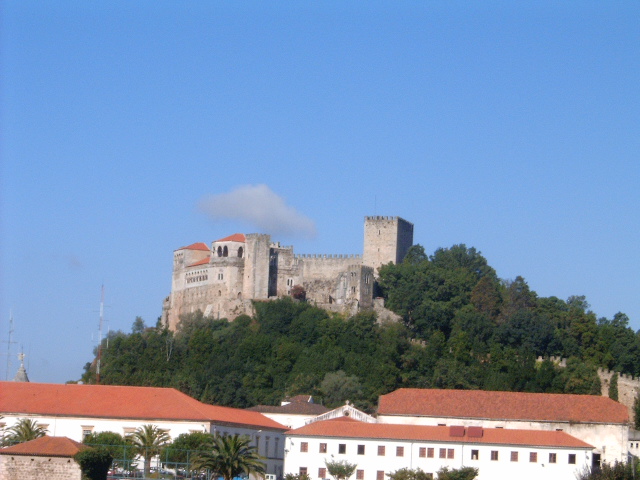Archaeological finds in the region date back as far as the Stone Age. Since then, humans have left their mark in the form of different techniques and materials such as ceramics and metals.
The privileged location between the mountains and the ocean was undoubtedly instrumental in encouraging people to settle in this region.

The Castle, the focal point of the landscape, was built by Afonso Henriques in the first half of the 12th century to defend the southern border against Muslim attacks. The castle has borne testimony to the different eras and episodes since the founding of the kingdom. Defeats and victories that culminated in its crucial reconquest from the Moors.
The city of Leiria lies between the Castle and the river Lis. The population that would have originally been concentrated within the walls soon grew at such a rate that it expanded outside the Castle.

In the 13th and 14th centuries, King Dinis “the Farmer” further encouraged the development of the region. The marshes on the banks of the Lis were “dried” and prepared for agriculture, while a vast area of pine forests was planted. With this, the region gained an especially fertile valley and the “Pinhal de Leiria” which would play a key role in the development of the region. It was wood from the pine forests that heated the furnaces of metal and glass industries, a source of strong growth.
Leiria today offers a wide range of attractions for visitors:
- It has a remarkable built heritage, both in the city itself – Castle, Cathedral and Shrine of Nossa Senhora da Encarnação –, and in the surrounding area, which includes the monasteries of Batalha and Alcobaça;
- Fátima, one of the most important centres of religious pilgrimage;
- Beaches of great natural beauty, some more picturesque, others more cosmopolitan;
- Magnificent caves with lakes and underground halls that amaze us with their natural formations.

